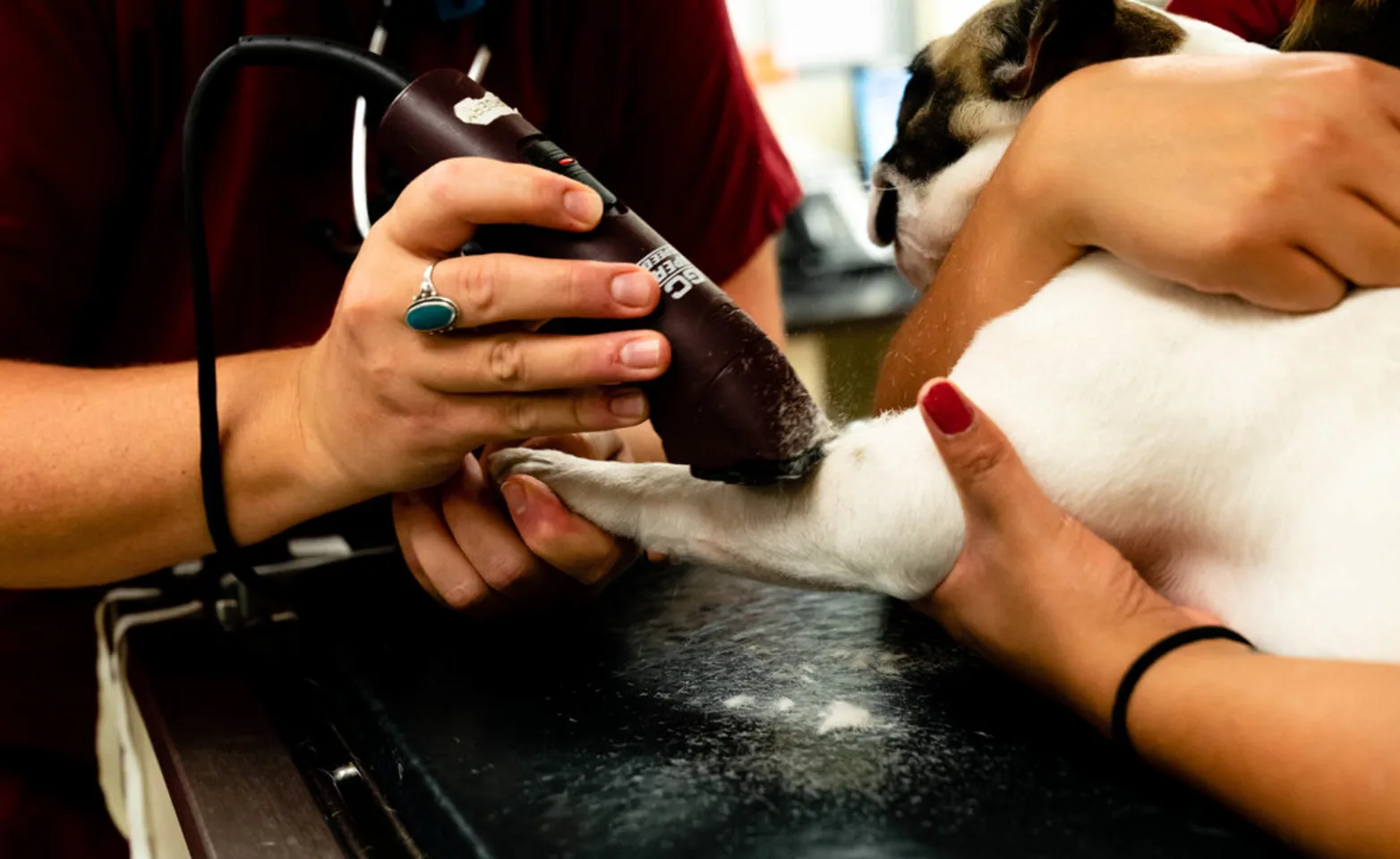Advanced Veterinary Specialists

Oncology

Chemotherapy
Though we use some of the same medications as in human medicine, we use doses and protocols geared towards optimal treatment of our pets. Generally less than 20% of our patients have any adverse effects. Protocols are constantly adjusted to minimize these effects. Most pets lose little if any hair. All therapy is overseen by a Board certified veterinary medical oncologist.

Immunology
This modality is perhaps one of the most innovative and encouraging areas of research in human and veterinary medicine today. There are ongoing studies, protocols, and vaccines that may be available for your pet. Here we attempt to stimulate the body to help itself deal with cancer. Minimal, if any, side effects are seen.
Surgery
If a tumor can be removed completely, it may be cured. However, if it cannot be removed it will be reduced in size before surgery or treated after surgery by one or more of the other modalities of therapy. The surgeons we use are Board certified specialists who have been trained to maximize the benefit of surgery to the patient with minimal compromise of quality of life.
Our Oncology Department provides specialized medical oncology services. We are supported by other specialists that provide diagnostic imaging, internal medicine, and surgery services. We have a recognized teaching program and run a certified medical oncology residency program. We feel it is our obligation to keep general practitioners apprised of the new developments in cancer therapy and to help them provide optimal cancer care to their clients and patients.
Please give us the opportunity to discuss your pet’s disease process and help you come to a decision about your pet’s future. We consider success to be the improvement and/or maintenance of your pet’s quality of life for as long as possible, within the limits that you feel are appropriate for you and your pet.
